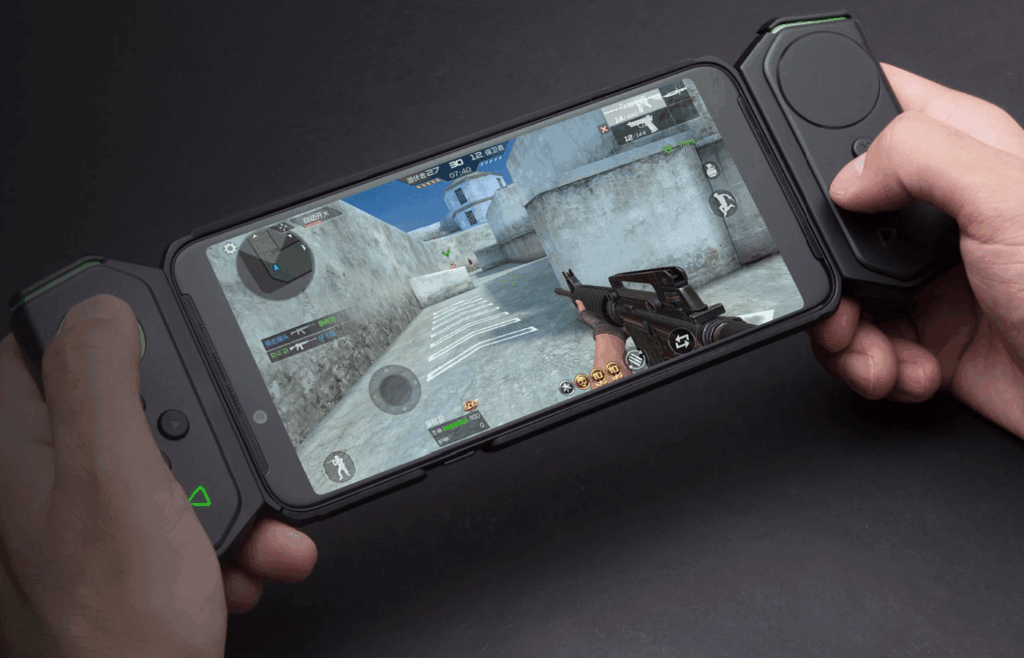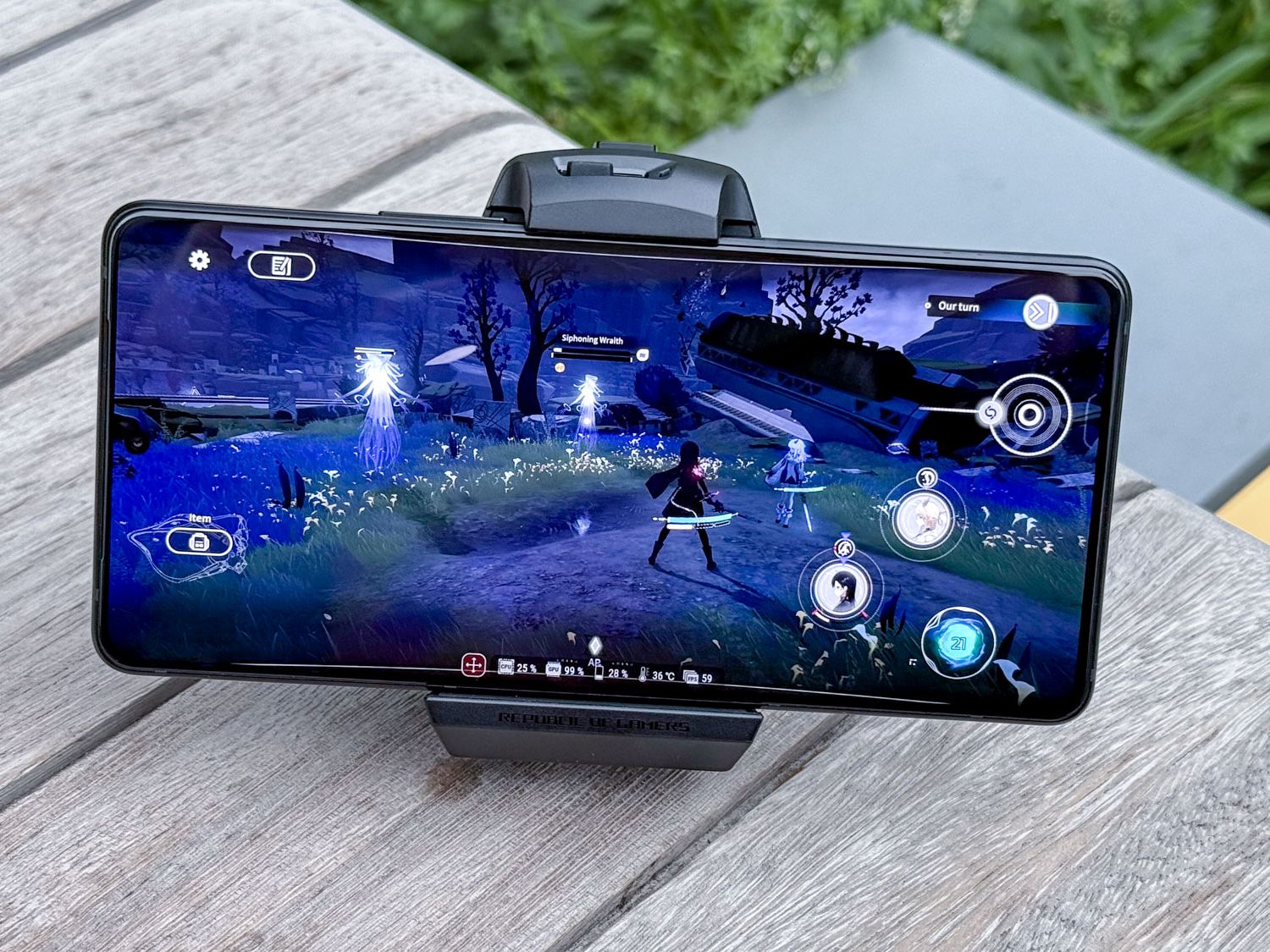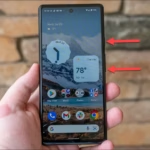Playing demanding titles on your phone can be frustrating when crashes, lag spikes, and overheating become the norm. Fortunately, you don’t need a flagship device to enjoy smooth, responsive gameplay. With a handful of tweaks—ranging from system settings to simple hardware adjustments—you can transform a budget or midrange handset into a fierce gaming rig. Below are life hacks that focus on optimizing performance, minimizing interruptions, and maximizing enjoyment. Implement these strategies, and you’ll spend less time wrestling with menus and more time exploring virtual worlds.
Freeing Up System Resources for Consistent FPS

The first step to a smoother gaming experience is ensuring that as much of your phone’s RAM and CPU as possible is dedicated solely to the game. Close every background app before launching your title: use your device’s “Recent Apps” overview to swipe away unused programs, or enable the built-in RAM booster/cleaner tool some manufacturers provide. Next, enable Game Mode or Gaming Tools if your phone offers them. These modes suspend nonessential background processes—like email sync, social media notifications, and system updates—and often boost processor priority for your game. Finally, reboot your phone periodically. A quick restart flushes caches, stops lingering processes, and restores the system to a near-factory-fresh state. By clearing memory and shifting CPU focus entirely to the game, you stabilize frame rates and avoid stutters during intense action.
Reducing Network Lag for Competitive Edge
Fast response times are critical in online multiplayer matches. The quality of your Wi-Fi or mobile data connection directly affects input delay and rubber-banding. Whenever possible, connect via 5 GHz Wi-Fi instead of the more crowded 2.4 GHz band to reduce interference. Position yourself closer to your router, and avoid obstacles like walls and metal cabinets that weaken the signal. If you must use mobile data, switch to the fastest available band—LTE or 5G—and disable any VPN or background syncing that could throttle bandwidth. Some handsets allow you to lock onto a single cellular band for more stable performance. In-game, turn off voice chat overlays and ad-driven data fetches. By optimizing your network environment and minimizing background traffic, you’ll enjoy a tangible reduction in latency and a more responsive gaming session.
Managing Power and Heat to Sustain Performance
Intensive gaming is a battery and temperature killer. To keep your phone both powered and cool, enable battery-saving gaming profiles that throttle noncritical visuals while maintaining high frame rates. If your device supports it, turn on dynamic resolution scaling so the game automatically lowers detail during peak CPU/GPU load. Keep auto-brightness off and manually set a comfortable screen level to avoid sudden spikes in power draw. When temperatures rise, you can use a clip-on fan or even attach an inexpensive USB-C cooler to actively dissipate heat. If you prefer a software fix, activate “Thermal Throttling” protection to temporarily dial back performance rather than let the system overheat. And of course, play near a power outlet or use a high-capacity power bank with passthrough charging support—this way, you won’t must choose between performance and battery life.
Enhancing Controls and Immersion

Touchscreen controls can feel limiting compared to a physical gamepad. To boost precision, enable Advanced Touch Settings (often hidden in Accessibility options) that allow you to customize touch sensitivity, pointer dwell time, and gesture recognition. Some phones also support Bluetooth gamepads or clip-on controllers—pairing one of these eliminates finger smudges, improves accuracy, and reduces fatigue. For the ultimate immersive experience, plug in a wired headset or high-quality Bluetooth earbuds with low latency codecs like aptX LL or LDAC. Finally, activate any built-in audio enhancements, such as virtual surround or game-mode EQ presets, to bring out footsteps, gunshots, and soundtrack details. By tailoring controls and audio, you’ll feel more connected to the game world and perform better in competitive scenarios.
Implementing these mobile gaming hacks can drastically enhance both your speed and enjoyment, even on budget hardware. By systematically freeing memory, stabilizing your network, managing power and heat, and refining controls, you’ll achieve a fluid, immersive gaming experience without upgrading to an expensive flagship device. Whether you’re battling foes online or exploring vast single-player maps, these tweaks will ensure that your phone stays cool, speedy, and fully in tune with every tap and swipe. Enjoy the game!





Leave a Reply